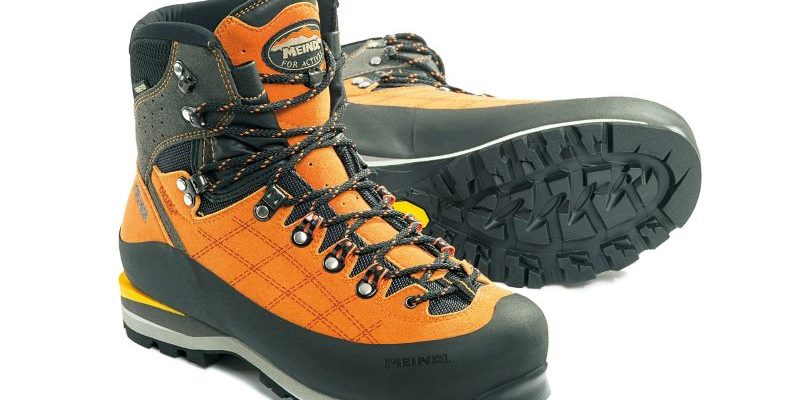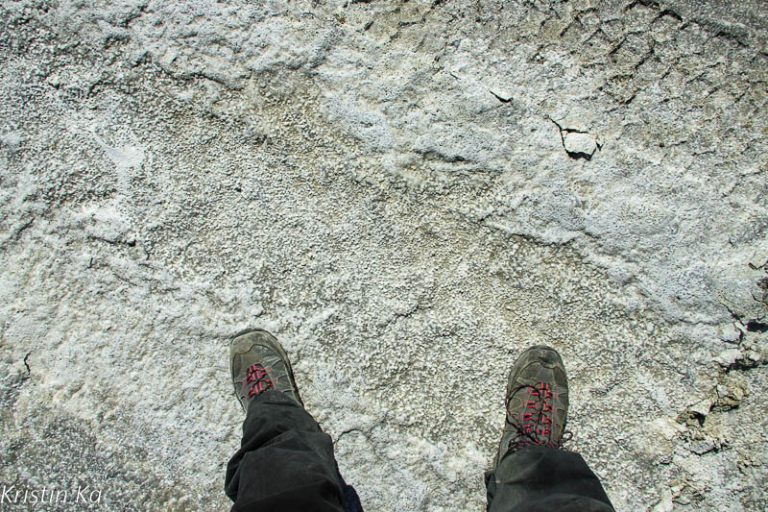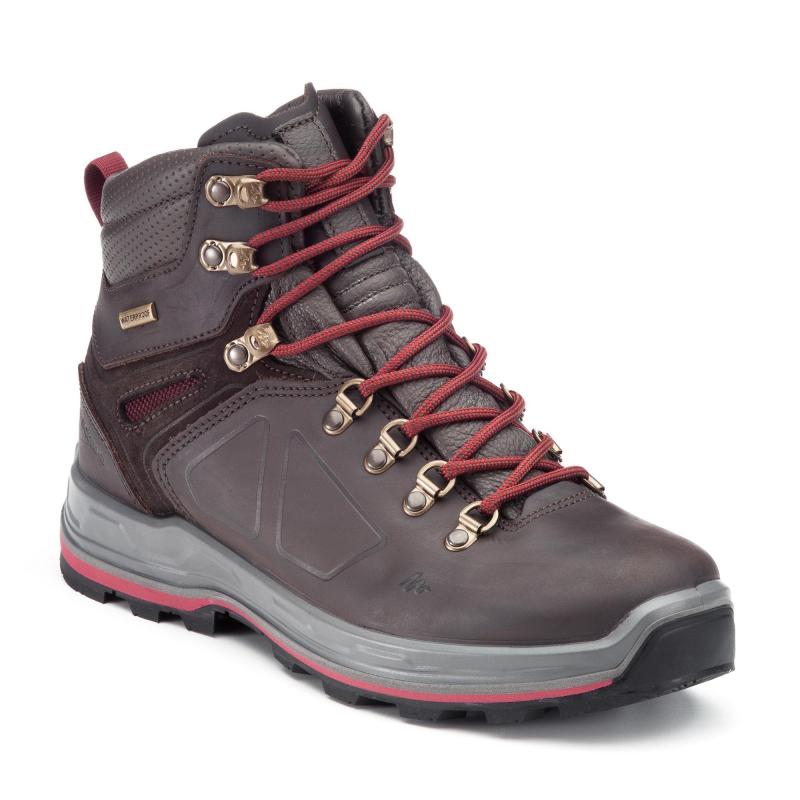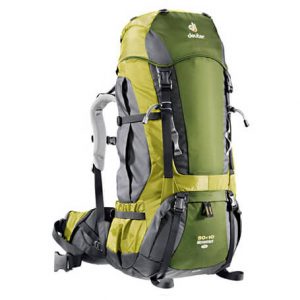Whoever wants to travel far buys the right walking shoe!
Travelling is certainly sitting in a bus, a car or (more rarely) a plane, but it is also walking. Walking, crawling, hiking or trekking. And all this requires a bit of organisation: there is less room in a backpack than in a wardrobe: you are only allowed one pair of walking shoes.
Which walking shoes to buy for a long trip?
Hiking boots, trail, hypertrail shoes, walking shoes (as if the others were made for skating…), mountain, high-mountain or trekking shoes, there is enough name about good shoes for walk to fill a dictionary.
The brands are numerous, the models too. A lot of choice requires making THE right choice. For this you have to pay attention to the most important elements: sole, upper and lacing.
As for the shape of walking shoes, high, mid-high or low, to each his preference
High shoes provide better protection from all those things that try to get in when you walk: sand, gravel, water, twigs, leeches, insects…
A high boot also gives more stability to the ankle on “rolling” or unstable ground.
Wonder shoes: beware of super technical products
Forget the arch-flexible-super-light-waterproof-shock-absorbing all-terrainers walking shoes. There’s no such thing as such shoes. If by some misfortune you were seduced by the salesman’s jibber-jabber, chances are that these marvels will disintegrate in a few weeks.
Shoes are the most important part of the whole bag.
Commandos, special forces, infantrymen and other GI know that the important thing is the feet. Without the feet, you don’t go anywhere. Wrong shoes can make a war lose a war. So imagine the impact on us poor under-trained mortals advancing on the flanks of Cotopaxi or the GR20 (trail of Corsica)!
Let’s be clear: a good pair of shoes is the basis.
1 – The shoe sole: grip, acceleration, adherence and braking
The first question of a good seller will be “what type of land is it for? » because depending on the terrain, the type of walking shoe, especially the sole, will be different.
Alas, a long-distance traveller will not know what to answer. You need an all-in-one model for the whole world: sand, pebbles, jungle, rocks, streets or mountains, all in one pair!
This sole of the walking shoes is very important. It insulates the foot from the ground (cold, hot) and protects it from stones, sharp reliefs, nails, glass shards, etc.
But above all, it ensures good stability depending on the type of soil. This grip is determined by the studs or “crampons”. As with car tyres. The rubber can be hard or soft and there are different types of profile: more or less wide or deep.
- On soft ground made of mud, soft earth, snow or sand, a soft rubber and a deep profile will ensure good stability. It allows the walking shoe to adapt to the terrain that is being overlooked.
- On hard ground made of rocks, pebbles, dry path, stones, a large footprint spike will adhere better to potentially slippery ground.
What’s the difference between grip or adhesion?
For a shoe, grip is the ability of the profile to absorb the relief and allow the hiker to progress.
Adhésion guarantees that the sole does not slip on the ground.
These terms are often used interchangeably but they have different meanings. Be sure to ask the seller about this.
2 – The upper, that part which covers the top of the foot
A well-designed stem will provide support. Its role is to hold the foot well from toes to ankle. But that’s not all. It protects the foot from water and this is not an insignificant detail. You only have to walk with wet shoes to know that water is the hiker’s number one enemy.
3 – Lacing of the walking shoe
These are the eyelets to pass the laces through. Round or triangular metal rings, textile or plastic, they come in different shapes. It is up to you to see which one suits you best, as long as they are strong.
One or more locking hooks (the laces do not slide as in the eyelets) ensure a good closure.
The lace itself is important. It is better to invest in quality. A lace that breaks in the middle of a trek becomes a big problem! Round, flat, automatic, the important thing is also that it holds the knot well. You can see it enough on low-range shoes: once tied, the lace invariably ends up untied, even with a double knot.
4 – The toe-cap or stone-gard
This is the reinforcement at the end of the trekking or walking shoe. All serious models offer it… otherwise, it is a trainer, a tennis shoe or flip-flops. Pay attention to its height and that it covers the tip of the foot well.

Choosing the right walking shoe size is vital
- Important to know (not all the salesmen know it and I did not have the painful experience on the way to Macchu Picchu): take imperatively half a size more! Take the test, you must be able to put your thumb behind the heel without the toes crashing into the end of the walking shoe.
- A slightly larger walking shoe will fit perfectly by adjusting the lacing.
- Walking shoes should fit snugly everywhere and above all not be tightened anywhere. The shape of the toe of the walking shoe should leave enough space to wiggle the toes.
- Ideally, you should be able to pass your thumb between the longest toe and the toe of the shoe. Since the stone guard does not always allow you to do this check, push your foot inside the shoe until it touches the toe: you should be able to slide your thumb inside the shoe, through the heel.
- It is recommended that you try on the shoe at the end of the day or after a long walk as feet tend to swell. This way you can be sure you are always comfortable.
- Come and try on the socks you will be wearing when you travel but not just any sock in the shop that is too thin or too thick, which would distort the feeling of the foot’s fit in the walking shoe.
- If you feel that the walking shoes are the right size in the shop, so on a flat surface, test them on stairs and any inclined surface. This is the only way you will be able to know if the walking shoes will fit on all types of terrain.
- If not, there is a good chance that once you are on the road you will tear your heels on the way up and your toes and pads on the way down.
- Be confident and listen to what you feel in the shoe. If you feel a bump, a seam or anything “weird”, talk to the salesperson. If he’s a specialist, he should know what it is and whether it can have a negative effect on your feet. Don’t just think “it’s normal, it will be ok after few days”.
Feet that breathe well in the shoes are happy feet
While the stem protects against water, it must also wick moisture away from the body. In other words, it must allow the feet to breathe. This is not a discovery, all humans, even Brad Pitt, perspire from their feet. Confined in a damp shoe, the skin will soften and become more susceptible to injuries and fungus and give off unpleasant odours.
Shoes that protect against water are essential!
Unlike a weekend walk, wet shoes on a trip will have to be reused the next day…
Crossing a stream, getting stuck in the mud or walking in the jungle is no longer a problem with waterproof footwear. Pay attention to the certificate (Gore-tex or other), ask the seller about the degree of water resistance. There are different levels of waterproofness depending on the brand, from the basic to the top :
- Water resistant: a short stride in a wet lawn leaves the foot dry.
- Waterproof Goretex (the top) allows you to walk with the shoe immersed in water (flush with the upper, of course) for at least 15 minutes without allowing water to penetrate.
Be careful with the tongue: well padded and connected directly to the lacing, it really allows you to cross a stream. If the stem is waterproof but at the slightest puddle, water passes over or through the lacing, the pretty waterproof logo is no longer of any use!

Where to find your dream shoes?
By a specialist! On the web, you will find good shoes everywhere but you have to find the ones that suit you best.
If you’re thinking of doing technical or difficult hikes, it’s best to go to a shop that is more “mountain” oriented. In general, the salesmen know a little more than in supermarkets. The assortment is wider and the quality presented is superior.
WWhy it is not always a good idea to choose walking shoes from a prestigious brand
- It’s quite surprising but it’s true: our feet are more “adapted” to one brand of shoes than another. It is therefore important to try on several from different manufacturers before making your choice.
- The advice of other adventurers won’t be of much use. Your weight, the shape of your feet and even the way you walk is different. The ideal shoes for Hiker X will not be ideal for you.
- A well-known trademark can also be disappointing in use. It is unfortunate that many brands produce cheaply in distant countries and the quality is very poor. These shoes are very pretty in the shop window, bluffing the first week and pitiful for the next 3 months, after that they are good for the bin.
- We see more and more top quality models sold at indecent prices disintegrating after 6 months. The traveller will have put a price tag on it, believing he has acquired reliable shoes. Alas, disappointment can also be the order of the day.
- Ask about the warranty period and don’t hesitate to make a complaint. If the manufacturer is reputable, there is a good chance they will compensate you with a voucher. But for this you will need to present the invoice. Don’t forget to scan it and save it in your travel documents.
A backpack is important! To make it your faithful companion, your toolbox, your refuge, how do you choose it? What details should you pay attention to? Everything is important, you will carry it and carry it everywhere!

